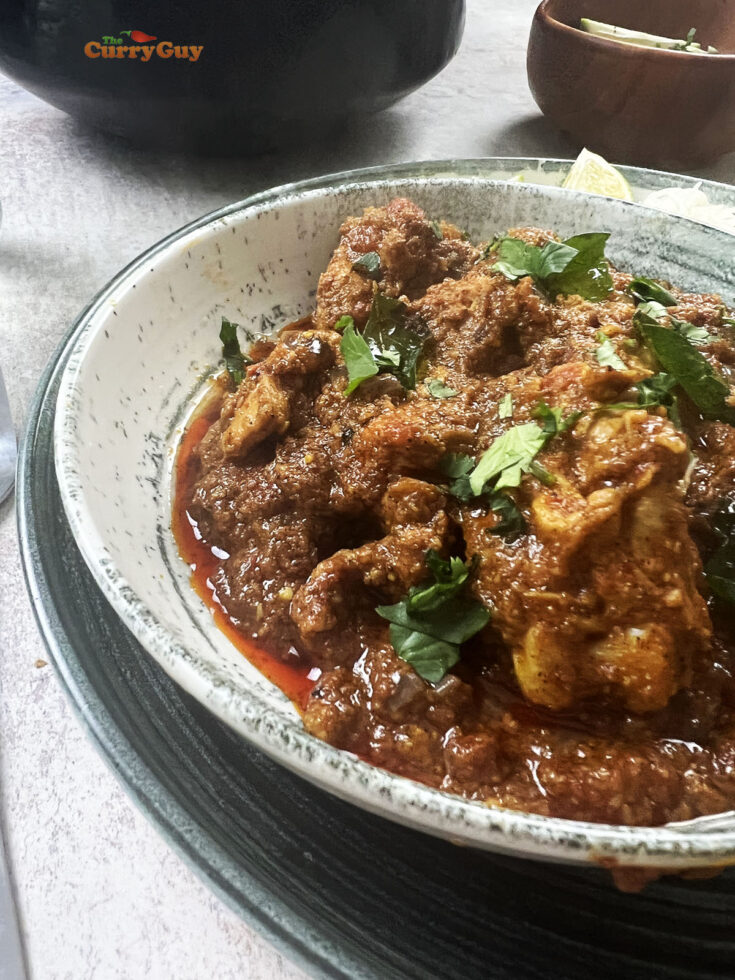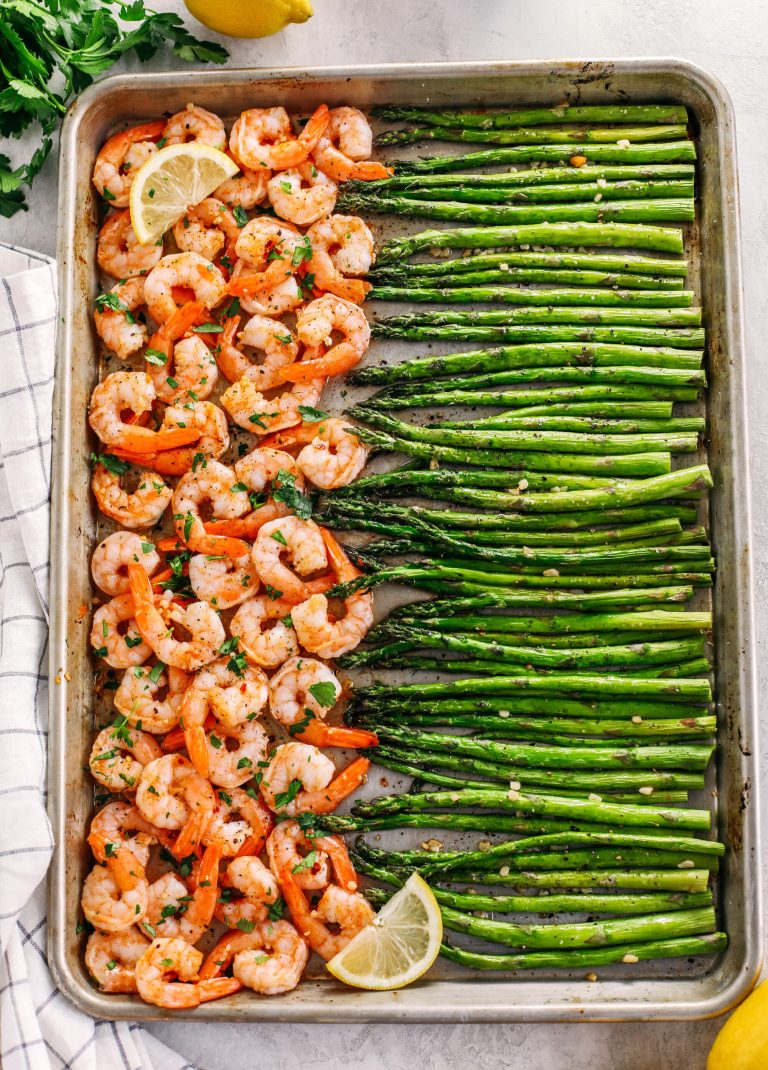Asian Style Brussels Sprouts: Elevate Your Side Dish Game with Bold Flavors and Creative Ideas
Asian style Brussels sprouts stand out due to their unique blend of flavors. Traditional recipes often include soy sauce, sesame oil, and ginger, which impart rich umami and aromatic notes. Techniques such as stir-frying or roasting at high temperatures enhance the crispy texture, making these Brussels sprouts more appealing compared to their simpler boiled counterparts. Incorporating ingredients like garlic and chili adds a spicy kick, catering to those who enjoy bold tastes.
Rise in Fusion Cuisine
Fusion cuisine has gained traction, blending culinary traditions from different cultures. Asian style Brussels sprouts exemplify this trend by merging classic Asian flavors with a Western vegetable. Restaurants and home cooks alike have adopted this style, reflecting the increasing interest in diverse and innovative dishes. As a result, Asian style Brussels sprouts have become a staple in many kitchens, celebrated for their versatility and exciting flavor profile.
Essential Ingredients for Asian Style Brussels Sprouts
The Role of Soy Sauce
Soy sauce adds depth to Asian style Brussels sprouts. It’s rich in umami, which enhances the vegetables’ natural flavors. A small amount of soy sauce can transform the taste profile, bringing in savory and slightly sweet notes. Light soy sauce is often preferred, as it doesn’t overpower other ingredients. However, if you’re looking for a bolder taste, dark soy sauce might be the better option due to its richer and slightly sweeter flavor.
Sesame and Garlic: Must-Haves
Sesame oil and garlic are crucial in Asian style Brussels sprouts. Toasted sesame oil introduces a nutty aroma and taste, complementing the vegetables’ earthy notes. A drizzle towards the end of cooking preserves its delicate flavor. Garlic, on the other hand, provides a pungent, aromatic layer. Whether you use minced, sliced, or powdered garlic, it blends seamlessly with the soy sauce and sesame oil to create a balanced flavor profile. Add garlic at the beginning of cooking to allow its flavors to infuse thoroughly.
Cooking Techniques
Stir-Frying vs. Roasting
When cooking Asian style Brussels sprouts, stir-frying and roasting are popular methods. Choosing between these techniques depends on your desired texture and flavor profile.
Stir-Frying: Stir-frying uses high heat and a small amount of oil (e.g., sesame oil) to cook Brussels sprouts quickly, preserving their vibrant green color and crisp texture. Ingredients like sliced garlic, ginger, and soy sauce can be added during cooking to infuse the sprouts with rich flavors. This method requires continuous stirring to ensure even cooking and prevent burning.
Roasting: Roasting involves cooking Brussels sprouts in the oven at 400°F to 425°F. This method results in a caramelized exterior and tender interior. Toss the sprouts in a mixture of soy sauce, sesame oil, and minced garlic before roasting to create a deep, savory flavor profile. Roasting usually takes 20-25 minutes, with occasional stirring to achieve even browning.
Tips for Perfect Texture
Attain the ideal texture for Asian style Brussels sprouts with these helpful tips:
- Choosing Sprouts: Select fresh, firm Brussels sprouts with tight, bright green leaves to ensure the best texture and flavor.
- Prepping Sprouts: Trim the stem ends and remove any yellow or damaged outer leaves to prepare the sprouts for cooking.
- Blanching: Blanch the sprouts for 3-4 minutes in boiling water before stir-frying or roasting if you prefer a tender, less crunchy texture.
- Avoid Overcrowding: Ensure the sprouts have enough space in the pan or on the baking sheet to promote even cooking and prevent steaming.
- Monitoring Cooking Time: Cook the sprouts to your desired doneness, keeping a close watch to avoid overcooking and developing mushy textures. Stir-fried sprouts typically need 5-7 minutes, while roasted sprouts take 20-25 minutes.
Use these techniques to achieve restaurant-quality Asian style Brussels sprouts at home.
Serving Suggestions
Pairing with Other Dishes
Serve Asian style Brussels sprouts with protein-rich dishes like teriyaki chicken or grilled salmon. Enhance the meal by adding jasmine rice or quinoa. Incorporate contrasting textures by pairing with crunchy vegetable slaws or cucumber salads. For a vegetarian option, combine with tofu stir-fry or vegetable tempura. Choose complementary flavors by including dishes with ginger, garlic, and soy in the ingredients to create a cohesive dining experience.
Creative Presentation Ideas
Arrange Asian style Brussels sprouts on a large platter for family-style servings. Garnish with toasted sesame seeds or finely chopped scallions for an added touch. Serve in individual bowls with chopsticks for an authentic feel. Enhance visual appeal by alternating Brussels sprouts with colorful vegetables like bell peppers or carrots on skewers. Elevate the experience by using decorative plates or bamboo baskets for a traditional look.
Conclusion
Asian style Brussels sprouts offer a delightful twist to your vegetable repertoire. By incorporating bold ingredients like soy sauce, sesame oil, and ginger, you can elevate a simple side dish into a flavorful masterpiece. Pair these sprouts with protein-rich dishes or add them to a crunchy vegetable slaw for a satisfying meal. Whether you’re garnishing with sesame seeds or infusing complementary flavors like garlic and chili, your dining experience will be both cohesive and memorable. Embrace the fusion of flavors and enjoy the culinary adventure that Asian style Brussels sprouts bring to your table.






